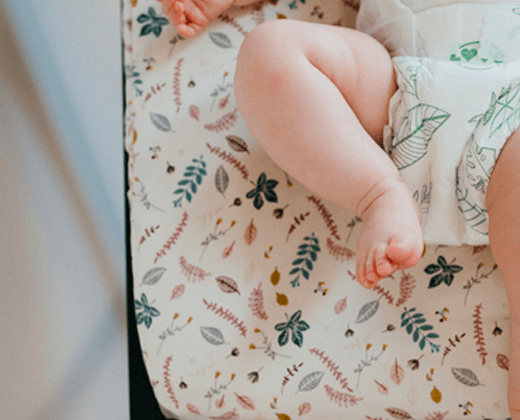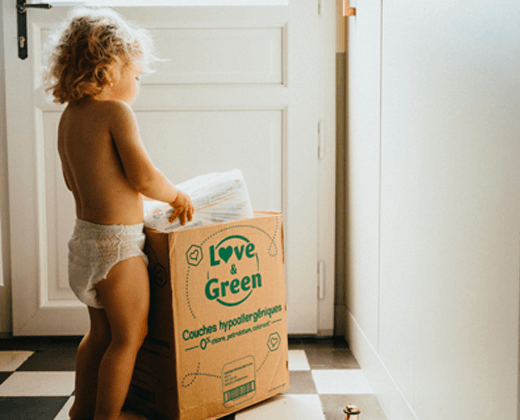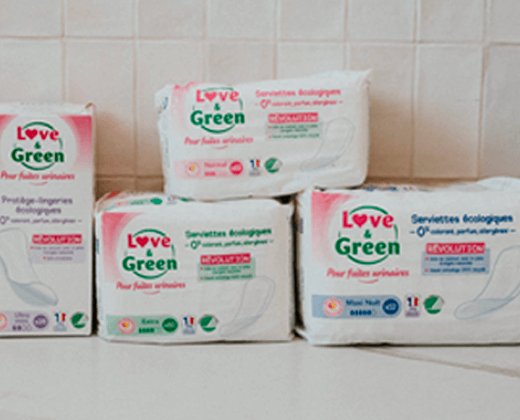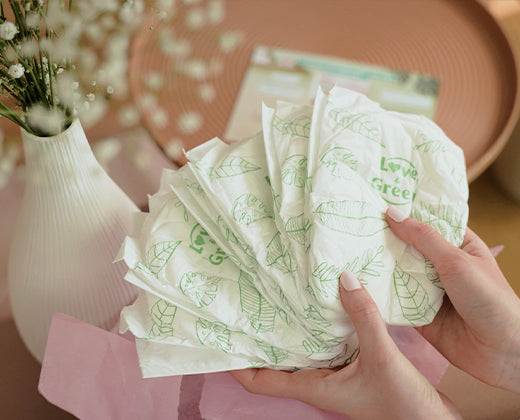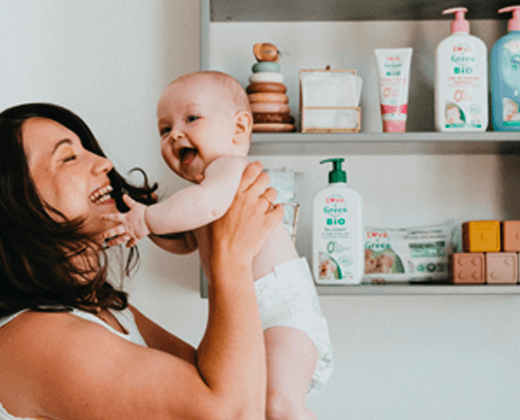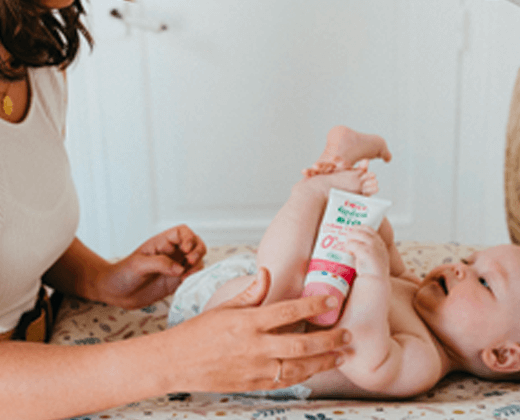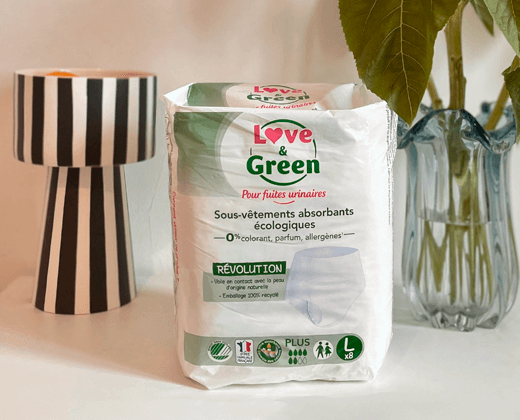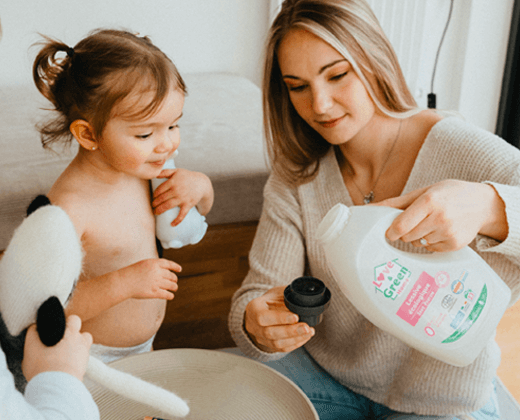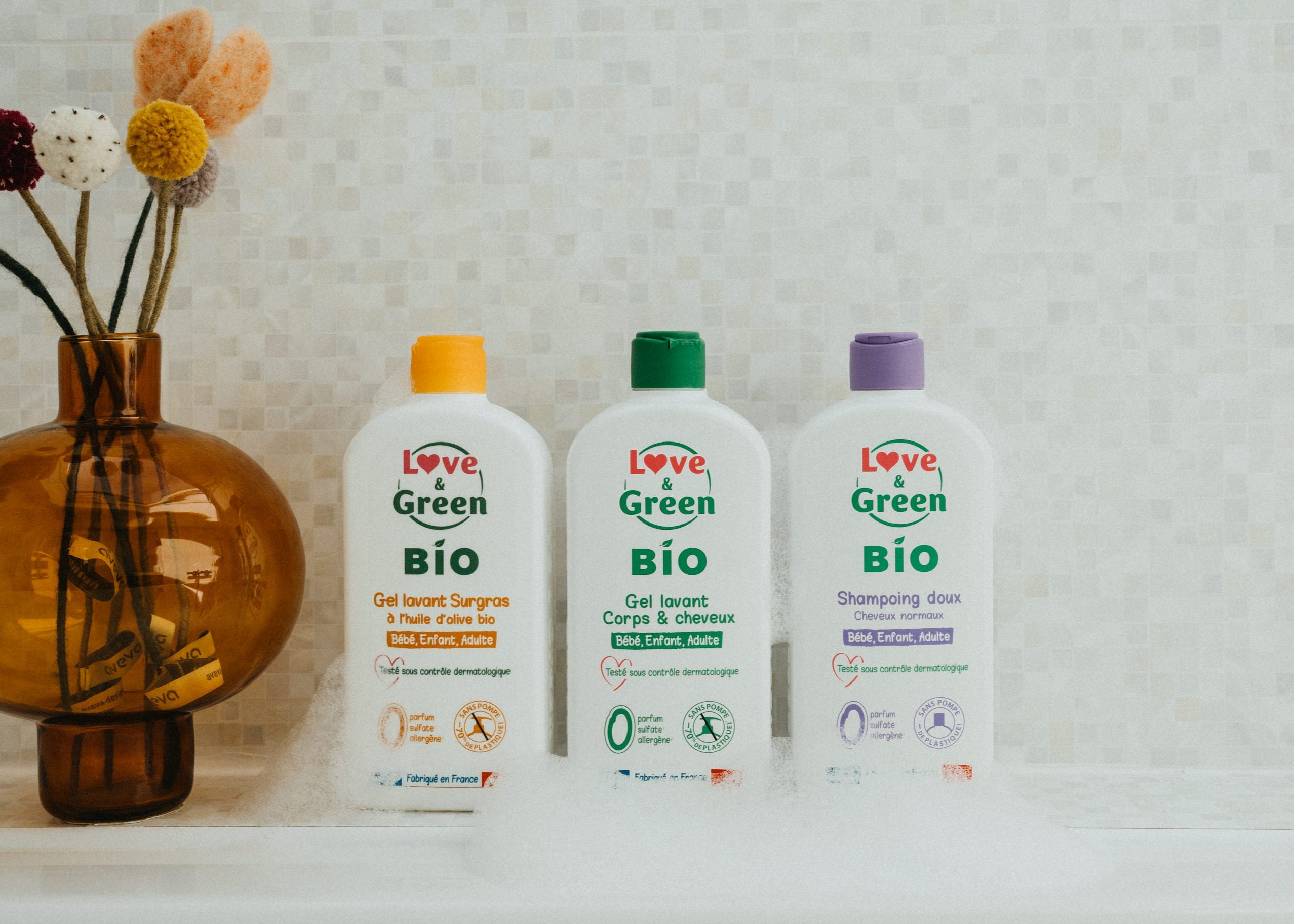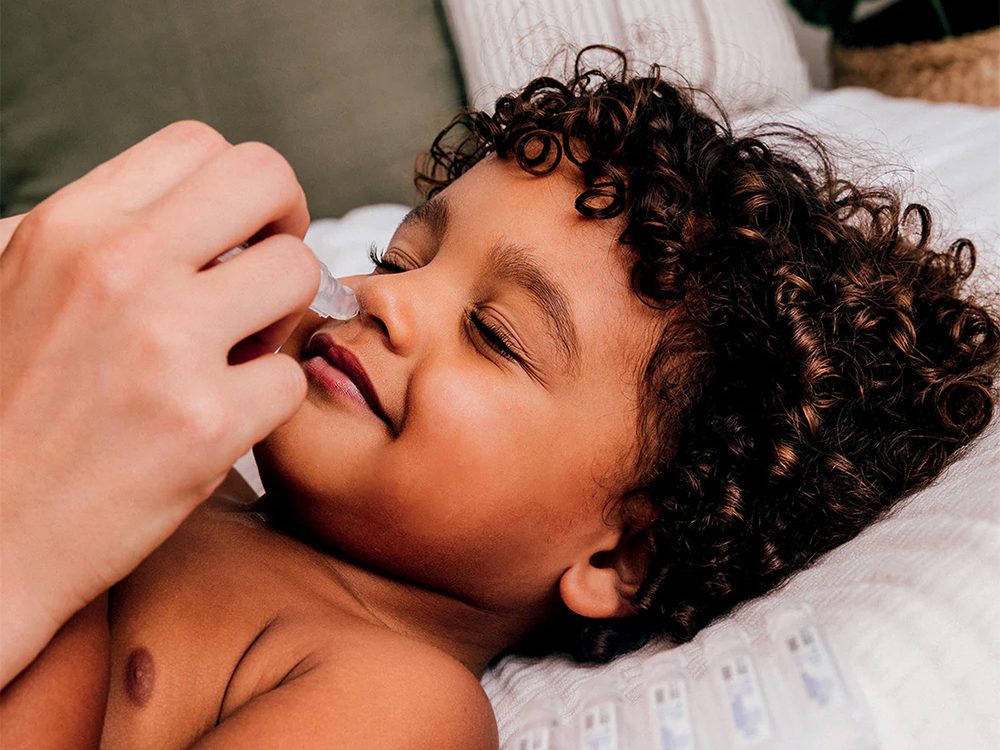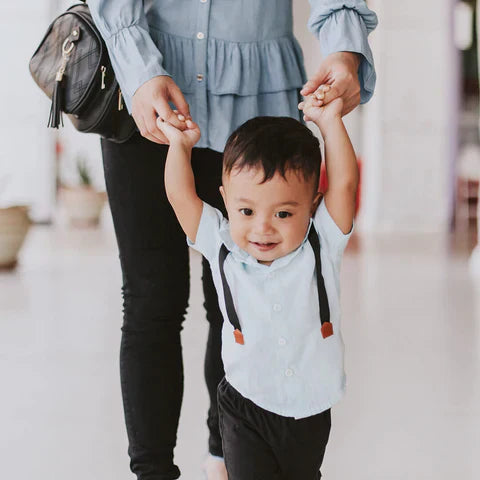As a parent, we do everything to protect our child. However, some things may seem beyond our control. This is the case of the sudden infant death, also called sudden infant death syndrome (SIDS), or more broadly “unexpected infant death” – (MIN). It occurs suddenly, most often during sleep, with no apparent cause of a healthy baby.
Every year in France, between 250 and 400 babies under one year old die in this context. It's rare, but when you become a parent, even the lowest risks take on a whole new dimension.
The period most at risk is between 2 and 4 months, but the risk exists up to the age of one year.
Researchers often speak of a “triple risk” :
-
a internal vulnerability in the baby (sometimes invisible),
-
a period of critical development,
-
and a trigger factor (often linked to the sleeping environment).
The good news? You can act on several of these factors.
Why this prevention is important
In the 1990s, prevention campaigns made it possible to greatly reduce the number of cases. But since the 2000s, this decline has slowed. It is therefore essential to continue to to raise awareness, especially young parents or families who have not always had access to clear and reliable information.
This is why we share with you the simple but essential actions that can really make a difference.
Recommendations to protect your baby
1. Always lay your baby on his back
It doesn't matter whether it's at night or for a nap: the dorsal position (on the back) is the safest.
Avoid lying on your stomach or side - even if you are sometimes told that "it's better for reflux": unless there is a medical contraindication, the back remains the recommended position.
2. A well-designed bed: firm and free of objects
-
Use a firm mattress, snug to the bed (no space between the mattress and the edges).
-
In bed: just your baby. No pillow, no loose blanket, no bed bumper, no soft toys or comforters.
-
Keep a room temperature around 18–20°C.
- What if you use a travel cot? No extra mattress to add.
3. Sleeping in the same room, not the same bed
During the first 6 months, it is recommended to put your baby to sleep in your room, but in his own bed.
THE co-sleeper (sharing the parental bed) can increase the risks, especially if:
-
you are very tired,
-
you have consumed alcohol,
-
YOU smoke,
-
or if the sleeping environment is not not perfectly secure.
4. Avoid exposure to tobacco, during and after pregnancy
Tobacco is a risk factor well identified.
-
Not smoking during pregnancy is essential.
- But after birth too, avoid any exposure to smoke, even indirect.
5. Breastfeed if you can, and follow recommended vaccinations
-
Breastfeeding has a protective effect against several forms of infant mortality, including sudden death.
-
THE vaccines help to avoid certain respiratory infections which can play a triggering role.
A reality to keep in mind
Despite all precautions, zero risk does not exist. Sometimes cases occur without explanation, even in a perfectly secure environment.
But by following these recommendations, you significantly reduce your risks — and that's the most important thing you can do.
In summary
To help prevent sudden infant death syndrome:
-
Always lay your baby on the back
-
Prepare a secure bed And minimalist
-
Share the room, not the bed
-
Completely avoidexposure to tobacco
-
Favor L'breastfeeding if possible, and keep them up to date vaccines
These simple, everyday actions have already saved lives. By adopting them, you give your baby the best conditions to sleep safely — and you, to sleep a little more peacefully too.
And you, what actions have you taken to create a safe sleeping environment for your baby? Don’t hesitate to share your habits or your questions in the comments — this can also help other parents.

